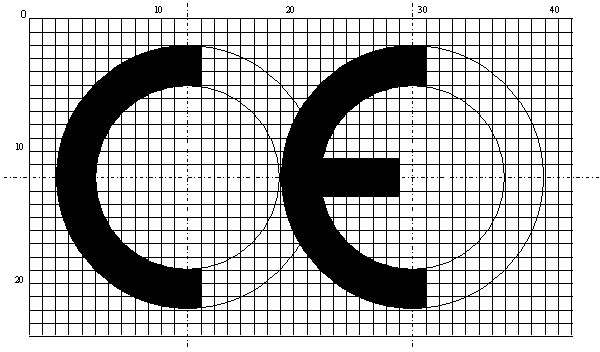
The RCD or Recreational Craft Directive became mandatory in 1998 and was designed to remove the trade barrier between the different European Countries. Before the RCD, a boat had to be certified by each different member state. Since the introduction of the RCD there is only one set of rules for the whole European Economic Area. The RCD is based on International Standards (ISO) which are drawn up and approved by the industry bodies of 22 participating countries and 19 observing countries around the world. These standards are reviewed every 5 years in order to keep them updated with the latest technological developments.
Since 18th of January 2017, the latest version of the Recreational Craft Directive 2013/53/EU became applicable, changes are as follows:
- Design categories: the geographical description (ocean, coast,…) has been removed
- Design category A: the term “largely self-sufficient” has been removed. the words: “excluding abnormal conditions, such as storm, violent storm, hurricane, tornado and extreme sea conditions or rogue waves” have been added
- Craft Identification Number CIN (previously HIN) has been replaced by Watercraft Identification Number WIN, the Manufacturer Identification COde MIC must now be registered in a member state.
- Builder’s plate In place of the manufacturer’s name, the RCD II now requires manufacturer’s name, registered trade name or registered trademark, as well as contact address (note a website is acceptable).
- The new directive now requires the means of reboarding to be: accessible to or deployable by a person in the water unaided.
- Sailing yachts now need to comply with visibility for helmsman requirements
- Means of escape in the event of inversion is now only required for multihull susceptible to inversion.
- Toilets must now have a holding tank, toilets can not be discharged directly overboard but must pass through the holding tank
- Manufacturers need to ensure that the propulsion engines are now complying with RCD II
